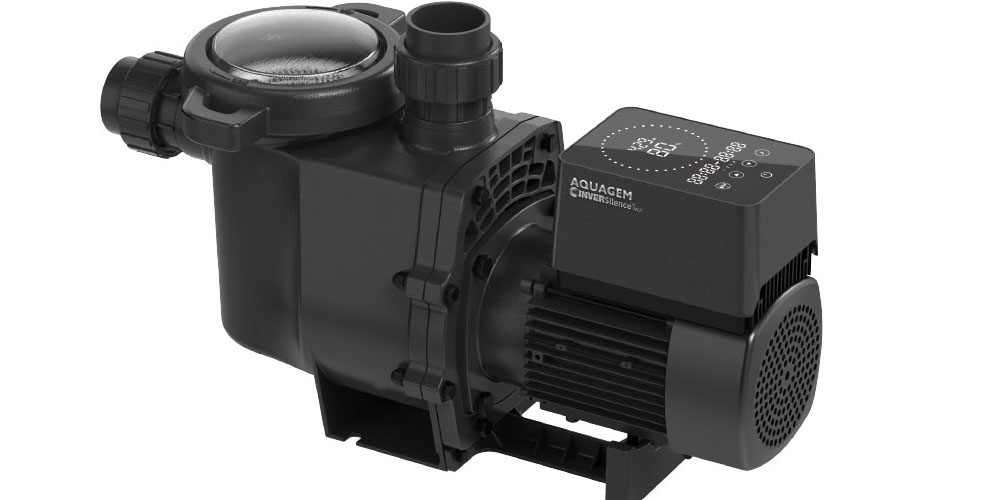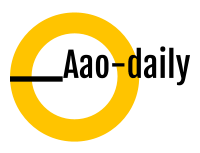Swimming pool water sanitation is crucial. It helps to maintain clean water and protect swimmers from contracting illnesses from swimming in dirty water. Therefore, pool pumps are crucial equipment for any swimming pool owner. The latest innovations in pool pumps, such as the First inverter pool pump, allow energy efficiency. Energy efficiency means that pool pumps help one save money in terms of operating costs. Furthermore, each part of the latest pump innovation contributes towards making it energy efficient. Therefore, below are seven parts of an energy-efficient pool pump.
Seven parts of an energy-efficient pool pump
1. Pump strainer
The pump strainer’s function is to prevent air from getting into the pump housing. The pump strainer consists of o-ring seals that help in the strainer’s function. For a pump to be completely primed, all the air needs to be exhausted. Thus, the air is removed by pouring water into the pool strainer. The key point to note is that the pump has to be on for air to be expelled completely. The impeller in the pump spins to direct water over the edge, thus begin the air expelling process. The air expelling process leads to the creation of a suction.
2. Pump housing
The pump housing is a pool pump’s outer casing. It houses all the internal parts of a pool pump, such as motor, diffuser, impeller, and seals. It is made from high-impact plastic materials, such as the Noryl. The material’s features that make it perfect for a pool pump housing include; rustproof, lightweight, and durable against conditions like water pressure, rain, and heat.
3. Strainer basket
The strainer basket works by collecting debris before it gets to essential drivetrain parts. The debris collected can be pebbles that may cause a significant damage if they get inside the pump.
4. Pump impeller
Without an impeller, a pool pump cannot work effectively; in short, an impeller is the pool pump’s driving force. Furthermore, it is the only part of a pump that moves. The pump impeller works by propelling water at a very high speed. Thus, it ensures that water moves in and out of the pump effectively.
5. Diffuser gasket
A diffuser gasket surrounds the pump impeller. Its function is to control the amount of water that flows in and out of the impeller. The key point to note about the diffuser gasket is that sometimes debris, such as pebbles, may get into the pool pump and facilitate the diffuser to crack.
6. Pool pump motors
The primary objective of the motors is to change electrical energy to mechanical energy. It is located in the pump dry end. Additionally, the pump’s impeller is powered by the pool pump motor. The best advantage of a pump motor is that it is durable. With proper maintenance, it can last upto ten years.
7. Seal plate
The seal plate acts as a mounting flange for the motor. It allows for the motor to be extremely fastened to the pool pump’s housing. Furthermore, it contains shaft seals that surround the shaft. The purpose of the shaft seal is to ensure that water does not leak into the motor.
Conclusion
Pool pumps are crucial for filtering debris from a swimming pool. Thus, each of its components is crucial in ensuring effective performance. Furthermore, the energy-efficient pool pump ensures all of its parts correlate well to ensure the pump’s efficiency is attained.

